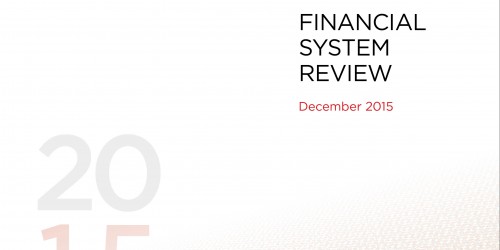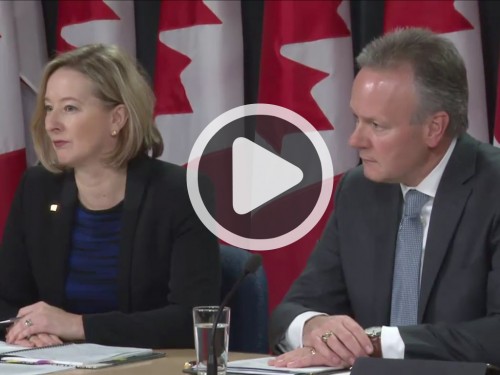Bank of Canada says housing vulnerabilities have edged higher, but financial system remains resilient
Vulnerabilities in the housing sector have edged higher, the Bank of Canada said today in its Financial System Review (FSR), while the overall level of risk to Canada’s financial system has remained roughly unchanged since June.
The Bank continues to identify two key vulnerabilities related to the Canadian household sector: the elevated level of household indebtedness, and imbalances in the housing market. A third vulnerability relates to uncertain market liquidity in fixed-income markets.
Nonetheless, the Bank believes that the Canadian financial system is resilient and that the global financial system has been made safer through the implementation of recent reforms, most notably larger capital and liquidity buffers at major financial institutions.
The Bank’s base-case scenario continues to predict a constructive evolution of housing imbalances, said Governor Stephen S. Poloz. “Housing activity should stabilize in line with economic growth, as the driver of growth in the economy switches from household spending to non-resource exports. Certain vulnerabilities are still edging higher, but recent changes by Canadian authorities to the rules for mortgage financing will help to mitigate these risks as we move into 2016.”
Household vulnerabilities could be exacerbated by a severe recession that is accompanied by a widespread and prolonged rise in unemployment. This could reduce the ability of households to service their debt and cause serious and broad-based declines in house prices.This is the most important risk outlined in the FSR, but its probability of occurring remains low. The drop in commodity prices in 2015 has reduced Canadian incomes and wealth, but to date there is no evidence of a significant increase in loan delinquency rates.
The other key risks identified in the FSR are a sudden increase in global risk premiums which would lead to higher borrowing rates; stress emanating from China and other emerging-market economies; and prolonged weakness in commodity prices.
The FSR, published twice a year, is intended to raise early awareness of vulnerabilities and potential triggers that could turn them into a risk to the Canadian financial system. It focuses on downside risks and is not a prediction of the most likely outcomes.
The December FSR includes two reports that further refine the Bank’s analysis of the housing sector:
- Residential Mortgage Securitization in Canada: A Review
- Indebted Households and Potential Vulnerabilities for the Canadian Financial System: A Microdata Analysis


